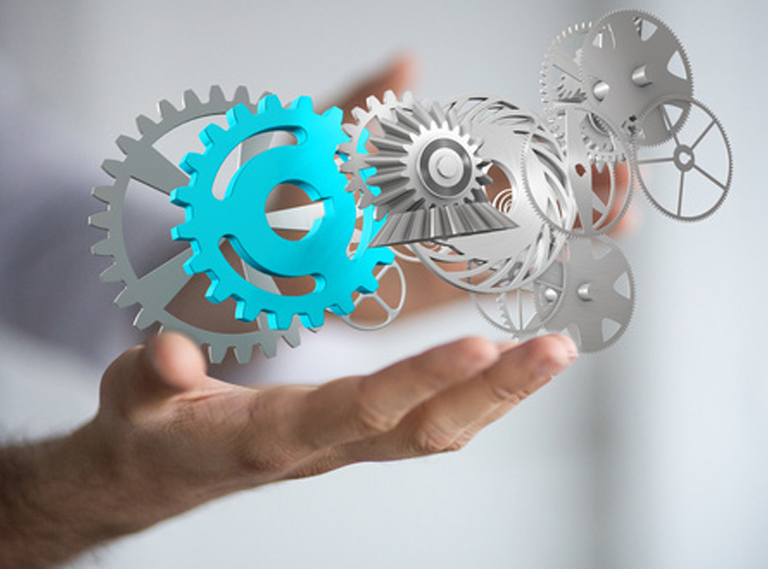
A body in space tends to maintain its quiet and motion state perpetually, until an external force intervenes to alter it.
This simple, yet fundamental, principle of physics regulates motion in all bodies in space.
However, as with all principles, we need to define the conditions: that space must be infinite and with no attrition.
In everyday reality, however, space is well-defined and attrition is a phenomenon to be considered at all times.
To move, deviate or stop any machine body or organ you need force. In other words, energy.
Another important principle of physics states that energy cannot be created and cannot be destroyed. It can only be transformed from one form to another. Just think that mechanical energy used to brake a vehicle or any moving body is usually transformed from attrition forces into heat.
This latter concept has been amply developed in many industrial fields. More specifically, in the car sector you often hear about KERS: Kinetic Energy Recovery System.
This is nothing but an electromechanical device designed to recover part of the kinetic energy of a vehicle during braking and turn it into mechanical or electric energy; to be used again to drive the vehicle or feed its devices.
If applied to a roller mill, these two principles of motion conservation physics and transformation of energy have a practical implication, with surprising energy saving results.
Traditional belt-driven motorisation with a single motor installed on one side of the machine and the corresponding transmission still belt-driven or through cogs on the opposite side, are mechanisms used to supply energy to the milling cylinders to guarantee a different speed system between two rotating bodies.
This application, irreplaceable until a few years ago, pays for all the limits linked to the fact that, to keep one of the two cylinders braked (the slower is usually the rear one), the mechanical energy is constantly turned into heat so is definitely lost for milling purposes.
The heat produced by the pulleys and belts, and the not negligible wear suffered by these bodies, have been the main source of wasted energy in roller mills till now.
However, the two torque motors installed directly on each roller mill milling cylinder constitute a device that can use the energy produced by the slow cylinder directly. This, in fact, generates an electric current instantly available for the fast cylinder motor: the body requiring the torque and speed needed to mill.
The motor turning faster will absorb very little current from the electricity network because a share of what it needs is supplied by its slower counterpart operating as a generator, as it is dragged continuously.
The physics principle by which a body tends not to change its motion combined with the one by which the energy, needed to make it change its quiet and motion state, is not destroyed but transformed into instant electricity together with what the network provides, explains how this innovative roller mill can provide energy savings of even 70%.
This technological revolution implemented in the sector by milling is not only due to energy savings. It is amplified by the consent of sector operators who consider this roller mill a versatile machine allowing you to set all milling parameters desired with just a few clicks:
- Speed;
- Rotating ratio;
- Closing force of the milling bodies;
- Arrangement of scoring (exchanging speed between the two cylinders).
The reduced maintenance needed is another important strong point. Elimination of belt drive travels alongside the disappearance of powders and replacing worn parts: even wear on bearings is reduced drastically as they are no longer stressed by the tensions of old transmission systems.
The first sensation when you approach this type of roller mill during operations is absolute safety, as there are no parts moving on the outside.
And ease-of-use makes this machine very interesting: few controls, given from a single control panel page, enable full control over the milling process.
“This machine made me want to carry on doing my job: Miller!” This was said when the roller mill was presented to a group of sector professionals: a sentence that truly expresses the sensations transmitted on using it.
The market is currently showing growing interest in this roller mill. The reason is linked to the new installations in Italy and the world, proving that, besides energy savings, they have an “instrument” that enables them to test new milling techniques without costs and time needed to set the machine.

gabriele@omasindustries.com
Technical Director



